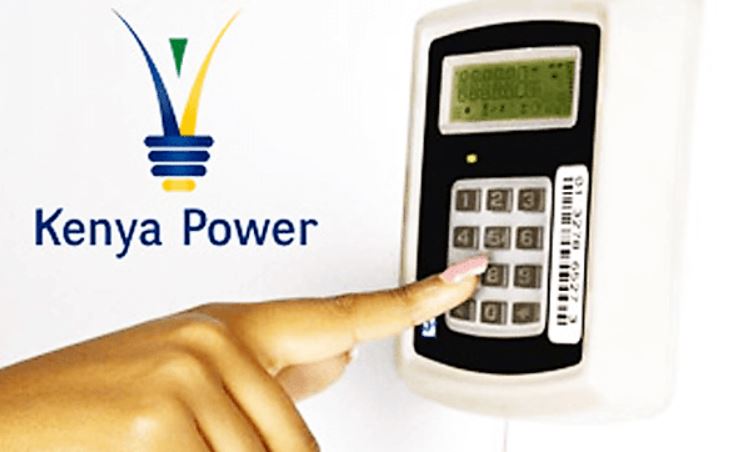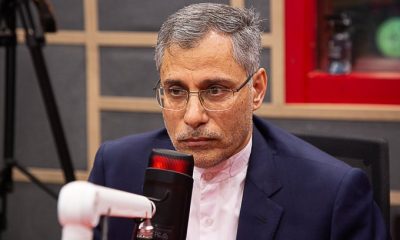Business
Why You’re Paying More But Getting Fewer Units; Kenya Power’s Tokens System Explained
Kenya Power categorizes domestic customers into three main tariff groups based on their monthly consumption patterns, with rates increasing as usage rises.

Kenya Insights allows guest blogging, if you want to be published on Kenya’s most authoritative and accurate blog, have an expose, news TIPS, story angles, human interest stories, drop us an email on [email protected] or via Telegram
-

 Business7 days ago
Business7 days agoKenya Secures American Jobs Deal for Truck Drivers Through Nebraska Partnership
-

 News6 days ago
News6 days agoCity Lawyer Shot Dead by Gunmen on Motorbike in Karen
-

 Business7 days ago
Business7 days agoWhy Regretful Clients Are Warning Kenyans From Ever Taking Any Loan From Mogo
-

 Business6 days ago
Business6 days agoIran Pushes for Interpol Probe as Kenya-Iran Tea Trade Remains in Limbo Over Quality Scandal
-

 Business6 days ago
Business6 days agoSafaricom Sells You Out! Shock Admission: Police Got Your Private Data From Us
-

 News1 day ago
News1 day agoInvestigators Recover Sh50 Million Cash From Suspects in Lawyer Kyalo’s Murder
-

 Investigations4 days ago
Investigations4 days agoThe Trailing, CCTV, Inside Slain Lawyer Kyalo Mbobu’s Last Hours
-

 Politics7 days ago
Politics7 days agoPastor T Mwangi Issues Dire Warning Over Babu Owino’s Political Future















